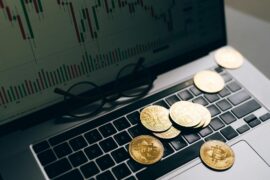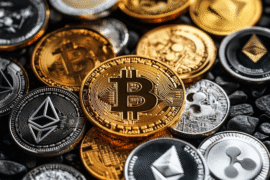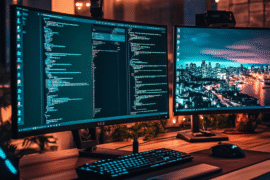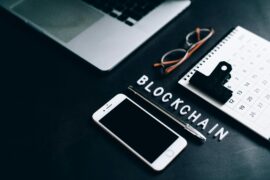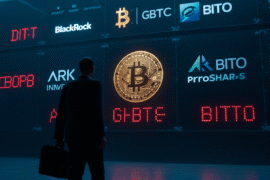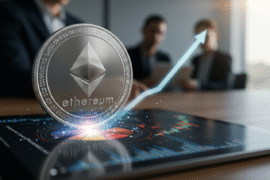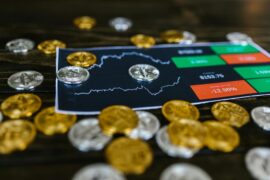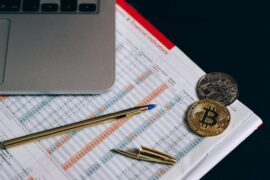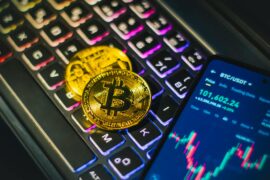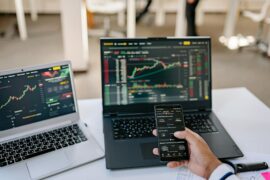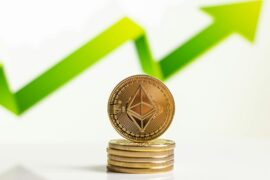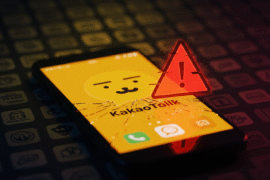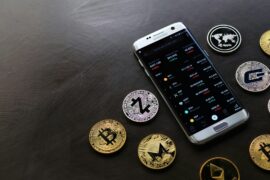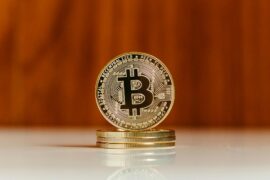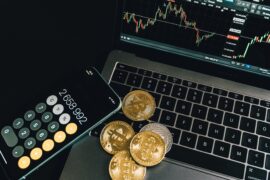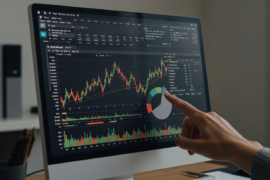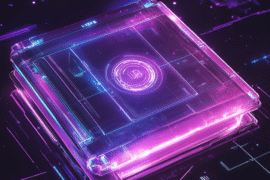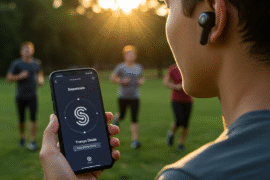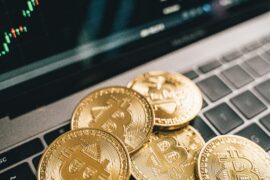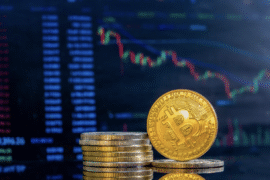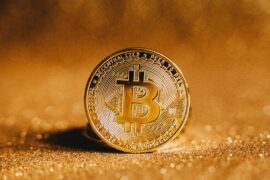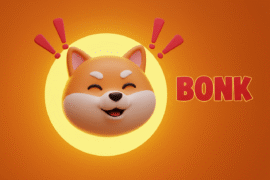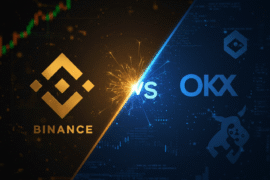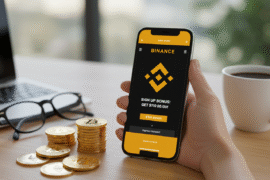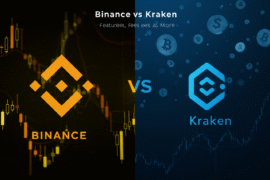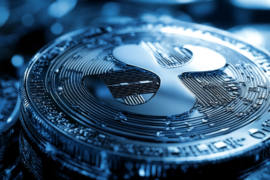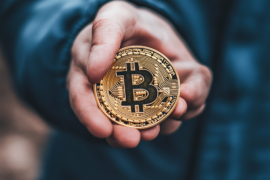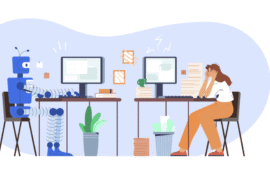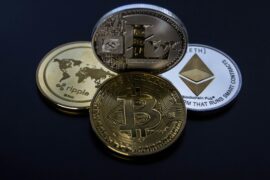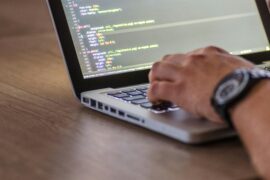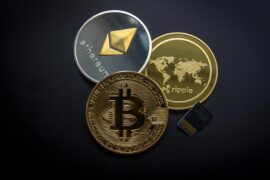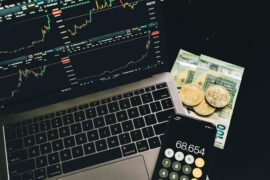This article may contain references to products or services from one or more of our advertisers or partners. We may receive compensation when you click on links to those products or services. Nonetheless, our opinions are our own.

Updated by Albert Fang
What is Raiblocks?
The scalability issues plaguing Bitcoin have created a demand for no-fee, fast cryptocurrencies. Raiblocks (XRB) was created to be an answer to that demand, and it’s been growing in popularity much faster than a coin not listed on any major exchanges generally does.
While there is some speculation about Raiblocks becoming an Internet of Things (IoT) application at some point, it is focusing first on being a functional cryptocurrency. Its architecture promises nearly infinite scalability, which will be vital if cryptocurrency is ever broadly used for transactions.
How does Raiblocks work?
A “block-lattice” structure is this cryptocurrency’s defining feature. This essentially means that each user owns a personal blockchain. Whereas most other blockchain-based projects put each transaction into the global ledger to ensure accurate record-keeping, Raiblocks simply gives you a mini-ledger that updates your account value with every transaction you make, requiring the sender and the receiver to provide “signatures” before it updates.
Say you have 100 XRB in your account and want to send 2 XRB to your friend, who has 0. You make a “send” transaction, creating a block on your blockchain showing your new account balance as 98 XRB. Your friend’s blockchain creates a “receive” transaction, validates it, and creates a new block with a value of 2.
You can’t send that same 2 XRB twice (double-spending) because every time your blockchain updates it needs to either add or subtract something from the last block you created; in this case, the last block you created was 100 – 2 = 98.
There is a main blockchain that confirms transactions and resolves conflicts, but because it stores only account balance updates—traditional blockchains stores every single transaction—it will stay relatively small. As of the last whitepaper update, the entire ledger (permanent record of value) was only 1.7 gigabytes, while Bitcoin currently sits at 160 gigabytes
The speed advantage comes from the fact that your transactions don’t have to go through nodes on the blockchain. The majority of the work is done on personal blockchains, while the main one is mostly just a backup record.
No-fee transactions stem from the same thing—there is minimal need for incentives to be paid to third parties. There is some “Proof of Work” that has to be completed for each transaction, but it is primarily anti-spam and should take only a few seconds to complete.
How to buy RaiBlocks at a legit cryptocurrency exchange?
The most popular and well-respected cryptocurrency exchanges are Coinbase, Binance, and Crypto. They have been in the industry since the inception of crypto. To buy the crypto you are looking for, simply register for any of the cryptocurrency marketplaces below and claim the bonus sign-up offer as well.
Recent major developments
Though XRB is currently not listed on any major exchanges, it won “Community Coin of the Month” from Binance in January. Thus, they are on track to be listed on that exchange within the next few months.
Fun fact
The name comes from Rai stones—a currency used on the Micronesian island of Yap. Rai Stones are carved circular stones weighing up to hundreds of pounds. The ownership of these stones would change, but the stones themselves would remain in place. Colin LeMahieu, who created Raiblocks, named it after these stones ironically, as it is extremely lightweight.

Reviewed and edited by Albert Fang.
See a typo or want to suggest an edit/revision to the content? Use the contact us form to provide feedback.
At FangWallet, we value editorial integrity and open collaboration in curating quality content for readers to enjoy. Much appreciated for the assist.
Did you like our article and find it insightful? We encourage sharing the article link with family and friends to benefit as well - better yet, sharing on social media. Thank you for the support! 🍉
Article Title: How to Buy RaiBlocks with Crypto.com Crypto Exchange
https://fangwallet.com/2018/01/31/what-is-raiblocks-xrb-coin-for-dummies-beginners-guide/The FangWallet Promise
FangWallet is an editorially independent resource - founded on breaking down challenging financial concepts for anyone to understand since 2014. While we adhere to editorial integrity, note that this post may contain references to products from our partners.
The FangWallet promise is always to have your best interest in mind and be transparent and honest about the financial picture.
Become an Insider
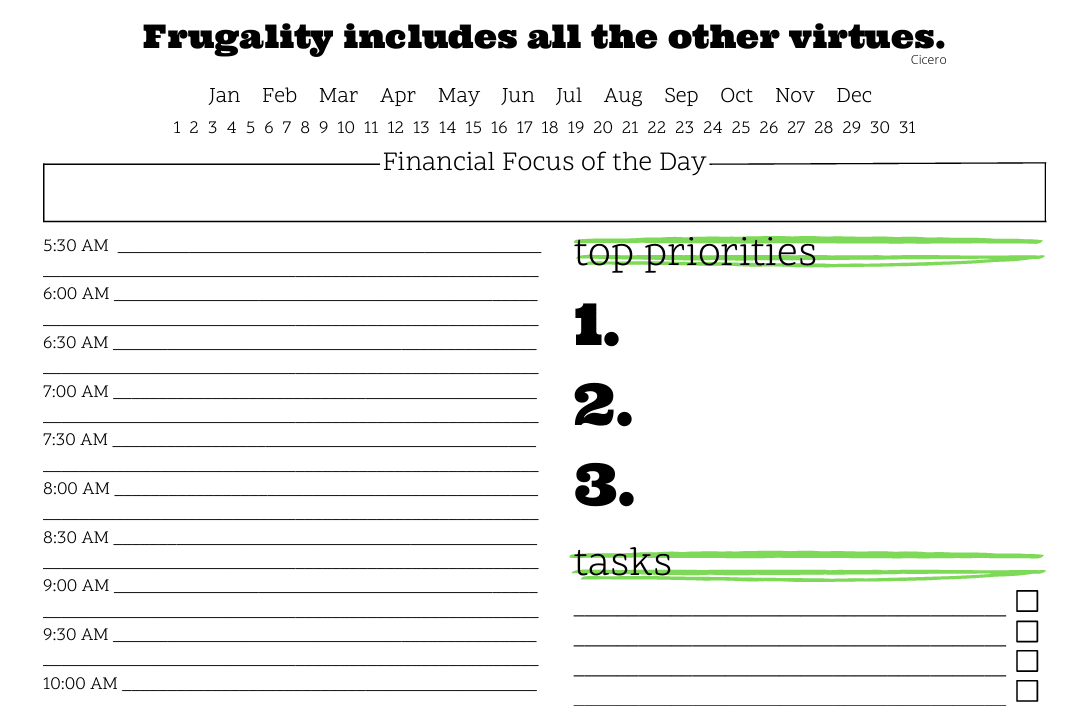
Subscribe to get a free daily budget planner printable to help get your money on track!
Make passive money the right way. No spam.
Editorial Disclaimer: The editorial content on this page is not provided by any of the companies mentioned. The opinions expressed here are the author's alone.
The content of this website is for informational purposes only and does not represent investment advice, or an offer or solicitation to buy or sell any security, investment, or product. Investors are encouraged to do their own due diligence, and, if necessary, consult professional advising before making any investment decisions. Investing involves a high degree of risk, and financial losses may occur including the potential loss of principal.
Source Citation References:
+ Inspo

![What is Stellar Lumens (XLM) and FairX [Infographic] Stellar Lumens Image](https://fangwallet.com/wp-content/uploads/2018/01/stellar-lumens-image-small.jpg)
![Basic Attention Token in 2018 Will Disrupt [Infographic] Basic Attention Token](https://fangwallet.com/wp-content/uploads/2018/01/Basic-Attention-Token-BAT-Albert-Fang-e1516471591943-small.jpg)
